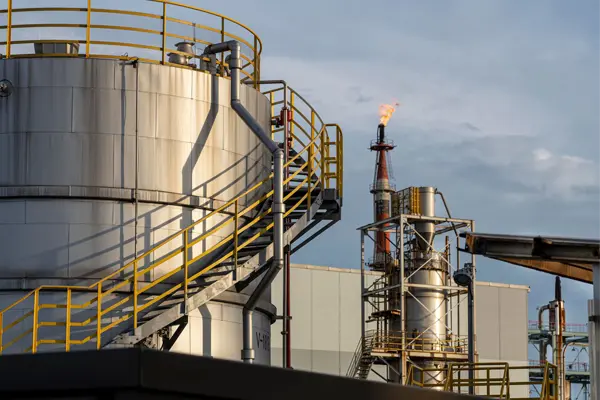
How AI is revolutionizing the oil and gas sector
The oil and gas industry is undergoing a seismic shift as artificial intelligence (AI) technologies redefine traditional operations. From exploration and extraction to processing and distribution, AI is becoming a game-changer, enabling companies to boost efficiency, reduce costs, and improve safety. As energy demands grow and the push for sustainability intensifies, AI is proving to be an invaluable ally in navigating the sector’s challenges.
Enhancing Exploration and Drilling
One of the most resource-intensive processes in the oil and gas industry is exploration. Historically, geologists and engineers relied on manual data analysis to identify potential reserves. AI is transforming this process through advanced algorithms that analyze geological data, seismic imaging, and satellite imagery with unparalleled accuracy. By identifying patterns and anomalies, AI can pinpoint optimal drilling locations, minimizing risks and reducing exploration costs.
In drilling operations, AI-powered predictive analytics improve precision by forecasting subsurface conditions. This minimizes downtime, optimizes drilling speeds, and reduces equipment wear and tear, leading to safer and more efficient operations.
Optimizing Production and Maintenance
AI is revolutionizing production by enabling real-time monitoring and optimization. Through the use of Internet of Things (IoT) sensors, AI systems continuously gather data from production sites, including pressure, temperature, and flow rates. By analyzing this data, AI can adjust operations in real-time to maximize output while conserving resources.
Predictive maintenance is another area where AI excels. Traditional maintenance schedules often rely on fixed timelines, which can lead to unnecessary downtime or unexpected equipment failures. AI-driven systems, however, analyze operational data to predict when machinery is likely to fail, allowing for proactive repairs. This not only improves reliability but also reduces operational costs.
Enhancing Safety and Environmental Protection
The oil and gas sector is fraught with hazards, from equipment malfunctions to environmental risks. AI is improving safety by monitoring operations and identifying potential threats before they escalate. For example, AI can analyze sensor data to detect gas leaks, equipment failures, or structural weaknesses, triggering immediate responses to prevent accidents.
In terms of environmental protection, AI is aiding in emissions tracking and control. By monitoring greenhouse gas emissions and optimizing energy use, companies can comply with regulations and work towards sustainability goals. AI is also being used to predict and mitigate the environmental impact of projects, ensuring operations are more eco-friendly.
Streamlining Supply Chain and Logistics
AI is bringing efficiency to the complex logistics of the oil and gas industry. From pipeline management to fuel distribution, AI systems analyze data to predict demand, optimize routes, and prevent bottlenecks. This level of precision reduces costs, enhances supply chain transparency, and ensures timely delivery of products.
Driving the Transition to a Digital Future
The adoption of AI is more than just a technological upgrade—it represents a shift towards a data-driven, digitalized industry. Companies leveraging AI are not only improving their operational performance but also gaining a competitive edge. AI-driven insights are helping executives make informed decisions, allocate resources efficiently, and adapt to market changes swiftly.
As the oil and gas industry grapples with global energy demands, price fluctuations, and sustainability pressures, AI is emerging as a vital tool for innovation and resilience. By embracing AI, companies can unlock new possibilities, achieve greater operational excellence, and contribute to a more sustainable energy future.
The integration of AI in the oil and gas sector is still in its early stages, but its potential is vast. As technology continues to evolve, the industry stands to benefit from smarter, safer, and more sustainable operations, ensuring it remains a cornerstone of the global economy for years to come.
Subscribe